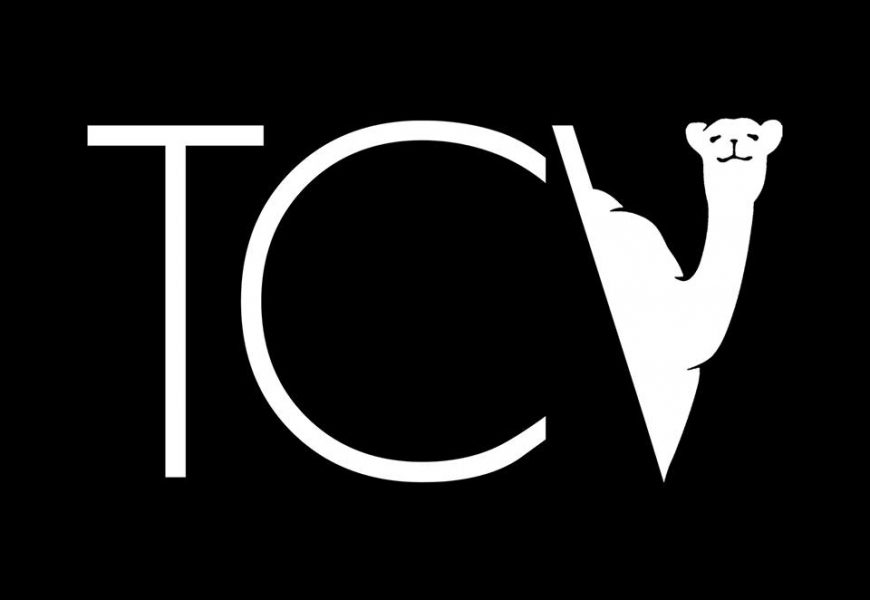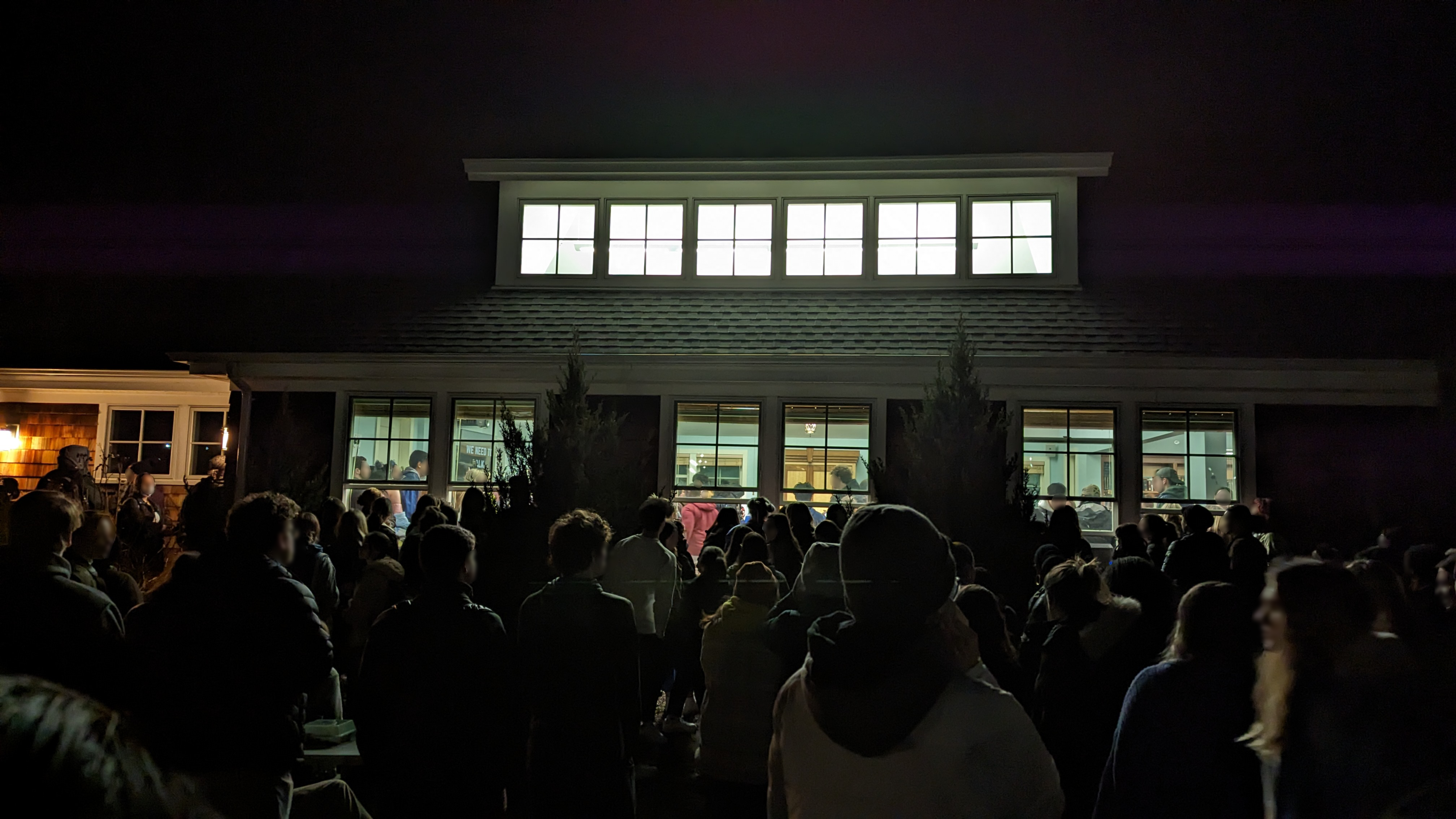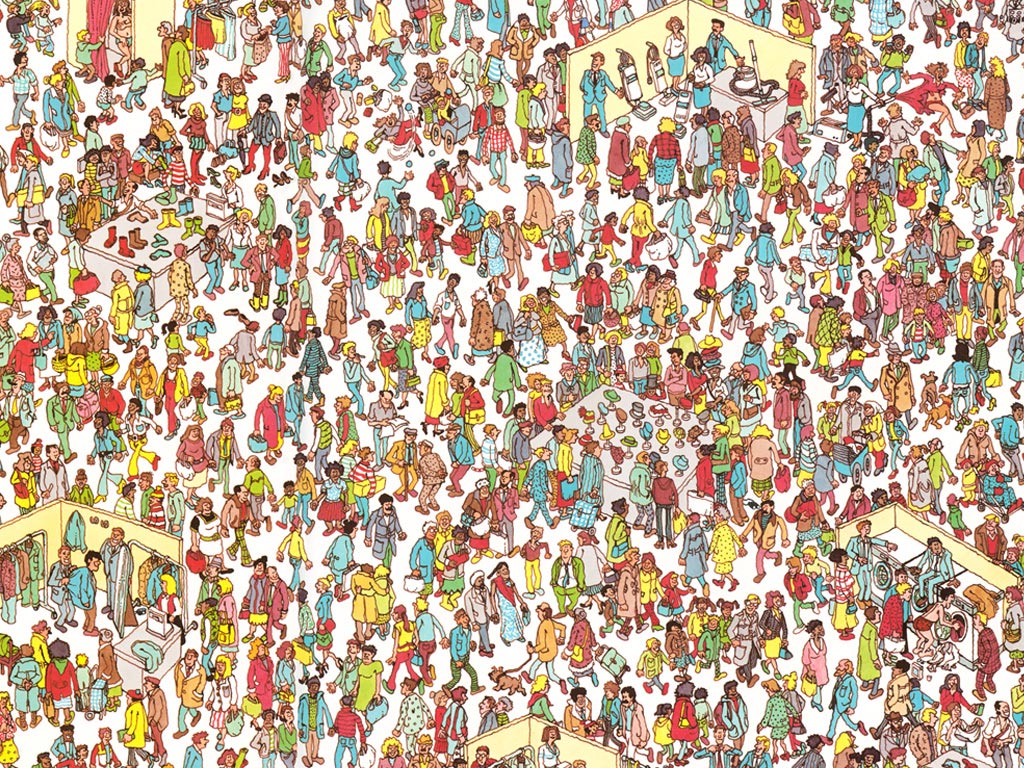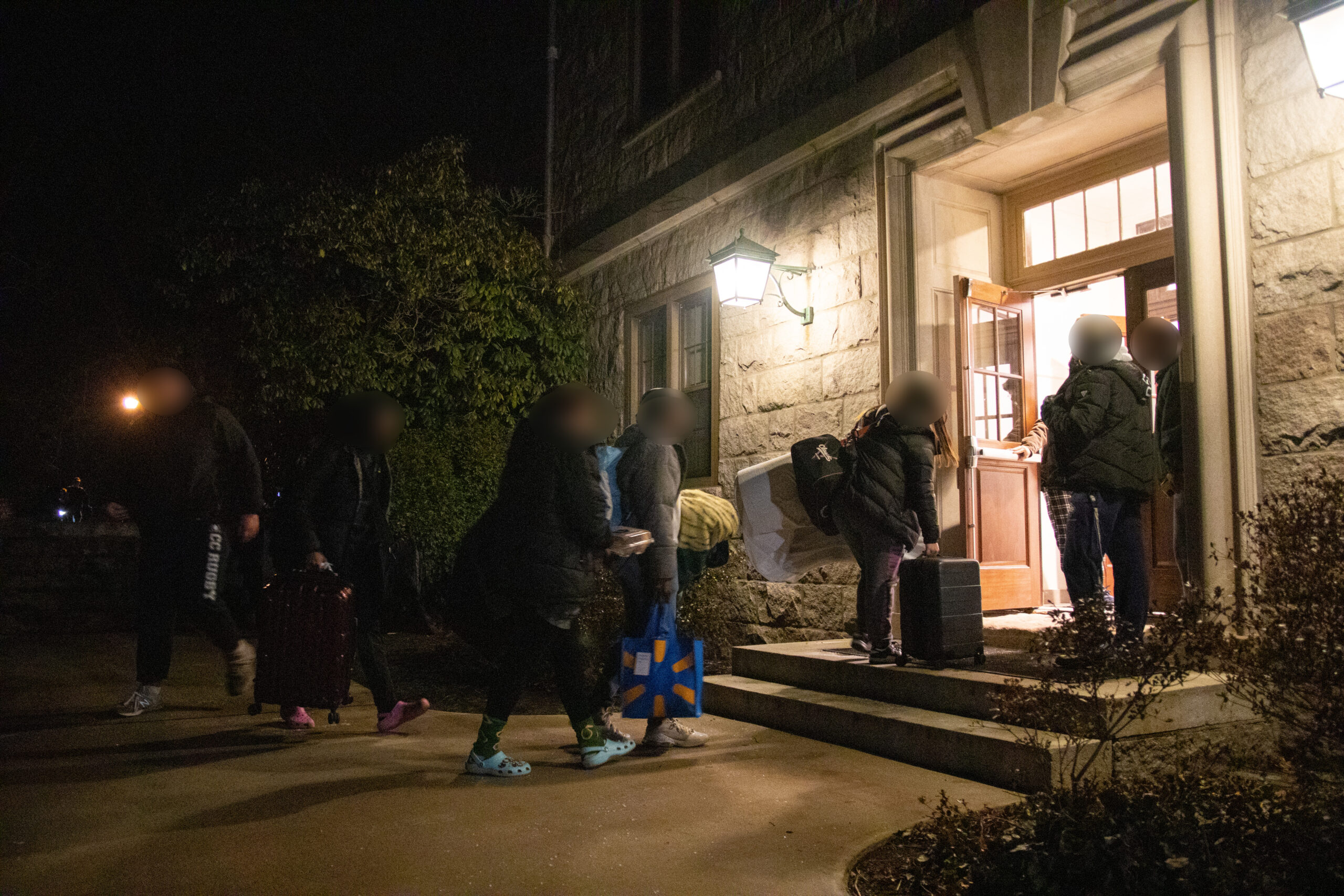From the mind of “Call Me by Your Name” and “Challengers” director Luca Guadagnino—in collaboration with the surrealist A24 film company—comes “Queer,” a breathtaking examination of what it means to be queer in the 1950s. The film’s star-studded cast features Daniel Craig starring as veteran William Lee and Drew Starkey as the young GI Eugene Allerton, both expats living in Mexico City.
“Queer,” rescheduled from its original February 9th screening due to weather, was hosted at the Garde theater in New London. The historic theater was constructed in 1926 as a non-profit performing arts center. Itthatnow shows movies several times a week, as well as hosts concert and live music events, showcases photography collections, and more. The over 1,500 seat space has been beautifully restored, with an impressive interior and exterior as well as a visually stunning balcony and event space.
The screening was part of the 2025 Breezeline Winter Cinema series, an ongoing series of award-winning movies(including films such as “Wicked”) hosted by the Garde throughout the winter and spring of this year. “Queer”was presented in partnership with OutCT, a nonprofit organization in southeastern Connecticut originally founded in 2013 to organize New London pride events. The organization has since expanded to sponsor drag shows, art exhibits, youth events, and educational forums on the state of LGBTQIA+ rights in the area.
The film was released in the U.S. on November 27th before hitting international theaters two weeks later on December 13th. It netted 4.9 million at the box office, despite having a budget of almost 50 million dollars. “Queer” has a 77% score on Rotten Tomatoes, with critics rating it significantly higher than the general population of viewers, who cited it as being confusing and overly experimental.
The movie starts out as a more traditional romantic drama, featuring Craig going through the motions of shallow relationships with younger gay men and drinking until dawn with a few companions. Craig first sees Starkey across the street while the two men observe a cockfight from a distance, Guadagnino’s spoof on the traditional “meet-cute” typical of a romantic comedy.Craig becomes infatuated with Starkey, seeing him at several bars around the city before approaching him in the street. The two men strike up a casual friendship despite Starkey consistently hanging around a potential female love interest, before the two men eventually spend a night together.
Despite reluctance on Starkey’s end, Craig’s character eventually convinces him to take a trip to South America as part of a search for a supposedly telepathic drug. After falling ill, Lee and Eugene travel to the jungle of Quito in search of the reclusive Dr. Cotter, who offers them ayahuasca, a hallucinogenic beverage often used by indigenous healers for spiritual ceremonies. The two men experience a series of vivid and alarming hallucinations, marking the film’s descent into the entirely theoretical realm in which Allerton tells Lee that he isn’t queer. The movie then jumps to Lee two years in the future, as he returns to Mexico City to connect with an old friend and discovers Allerton went to South America a few months ago and has not returned. Itends in a surreal, dreamlike sequence in which Lee watches himself enter a hotel and shoot Allerton William Tell-style, before the two men both disappear and Lee passes away as an old man.
I found this film to be absolutely breathtaking. It was one of those classically polarizing experimental films designed to make people sitting right next to each other feel entirely different things. It starts out as a traditionally complicated story of queerness in a hetero-centric culture, and then delves into an entirely separate emotional journey in the second half of the film as the men experience the effects of psychedelic drugs. The film’s ending seeks to communicate the cycle of loneliness and substance abuse Lee experiences as a result of coming out. This is symbolized by Lee watching a snake circle its own tail in an infinity shape before shedding a tear—symbolic of the ancient Greek ouroboros, meaning infinity. It ends in an abstract and fantastical explosion of color and light, symbolizing the hope that young queer people won’t have to go through what Lee went through.
The music and cinematography of the film was absolutely stunning, with beautiful and disturbing visuals especially towards the end of the psychedelic trip. It made me feel all sorts of emotions that I haven’t felt in a long time watching a piece of cinema. I would absolutely recommend watching it if you have time to sit down and really feel the weight of what the filmmakers are trying to communicate. Queer will be available for streaming on Max starting March 28, 2025.









